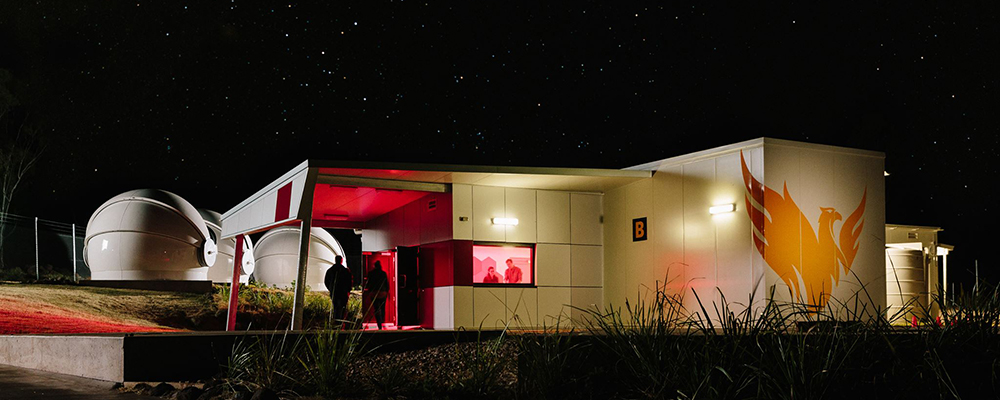 Minerva-Australis is a facility for discovering new exoplanets, working closely with the NASA TESS mission.
Minerva-Australis is a facility for discovering new exoplanets, working closely with the NASA TESS mission.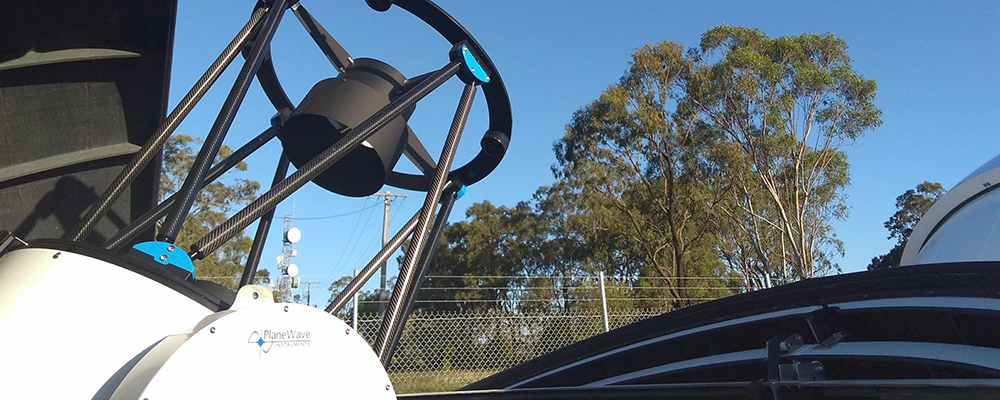
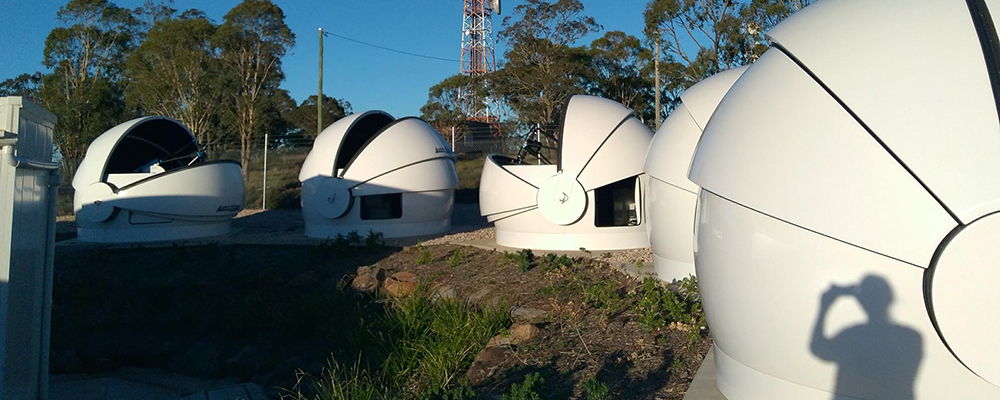
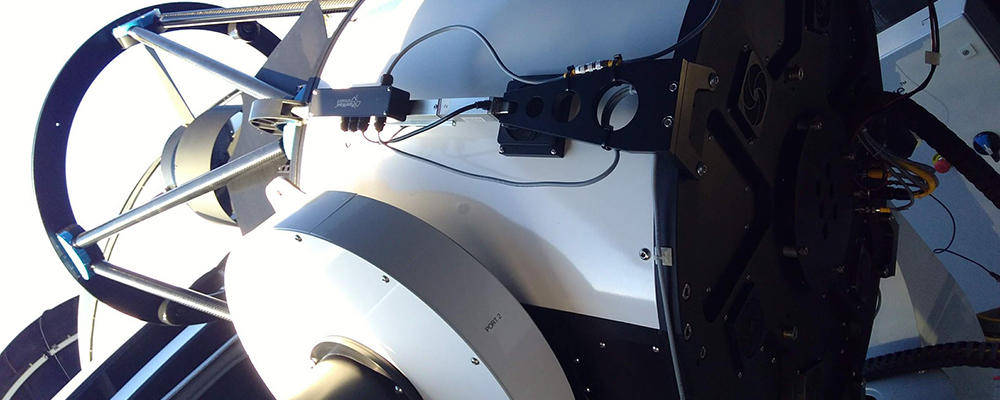
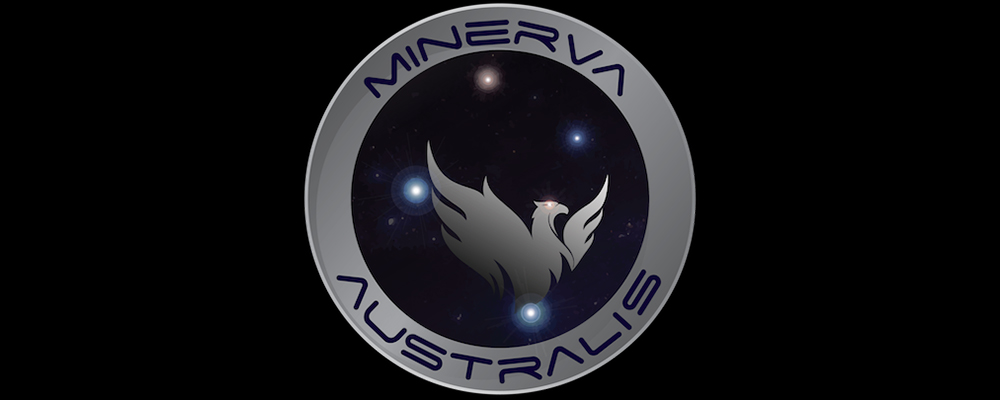
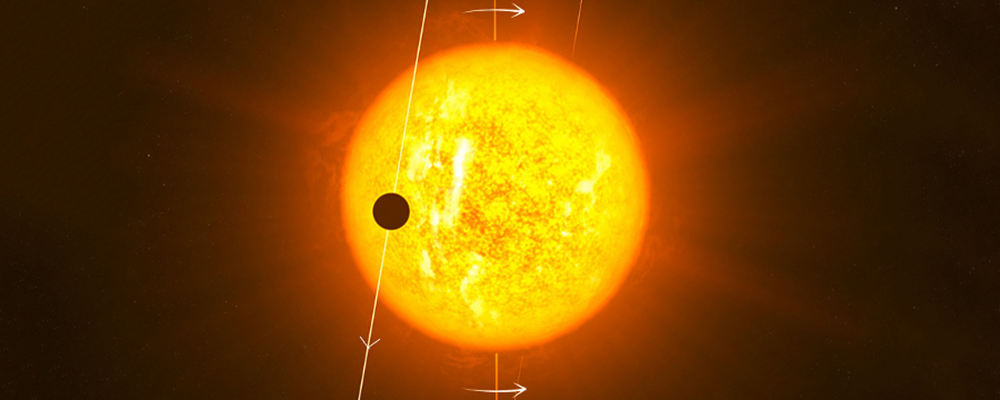
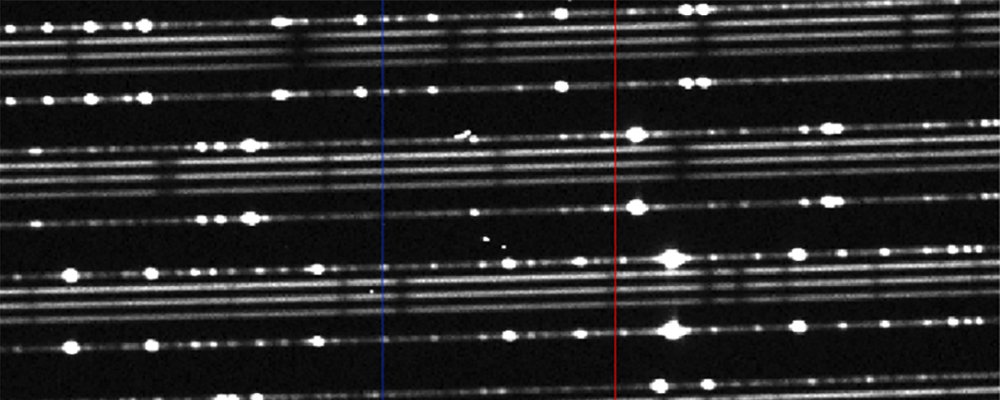 High-resolution spectroscopy and radial velocities used to discover exoplanets.
High-resolution spectroscopy and radial velocities used to discover exoplanets.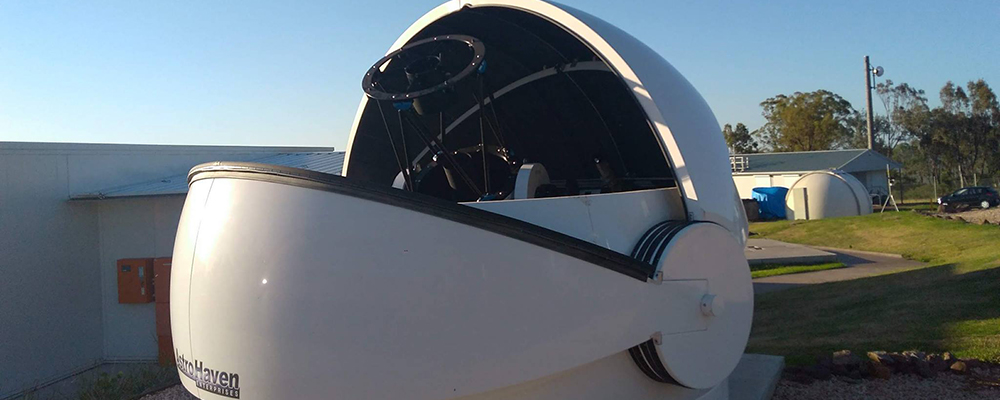
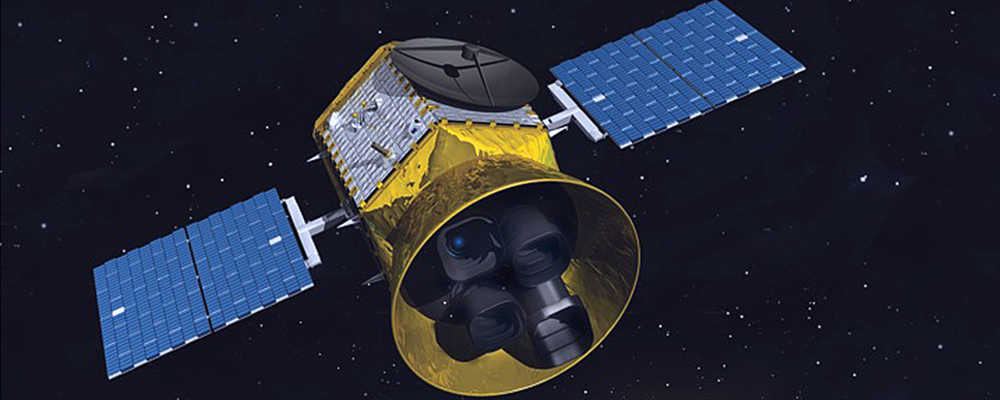 Transiting exoplanet survey of the whole sky to discover new planets.
Transiting exoplanet survey of the whole sky to discover new planets.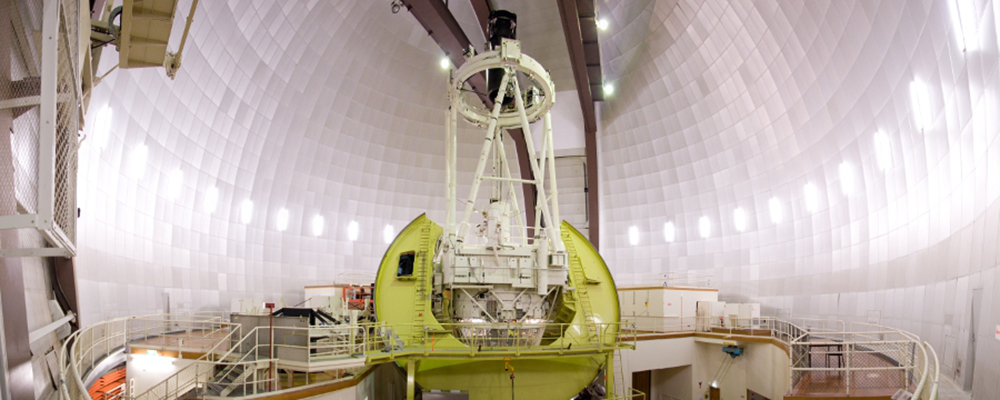 Another Australian telescope used in the hunt for exoplanets.
Another Australian telescope used in the hunt for exoplanets.
Welcome to the Website of Dr. Brett Addison
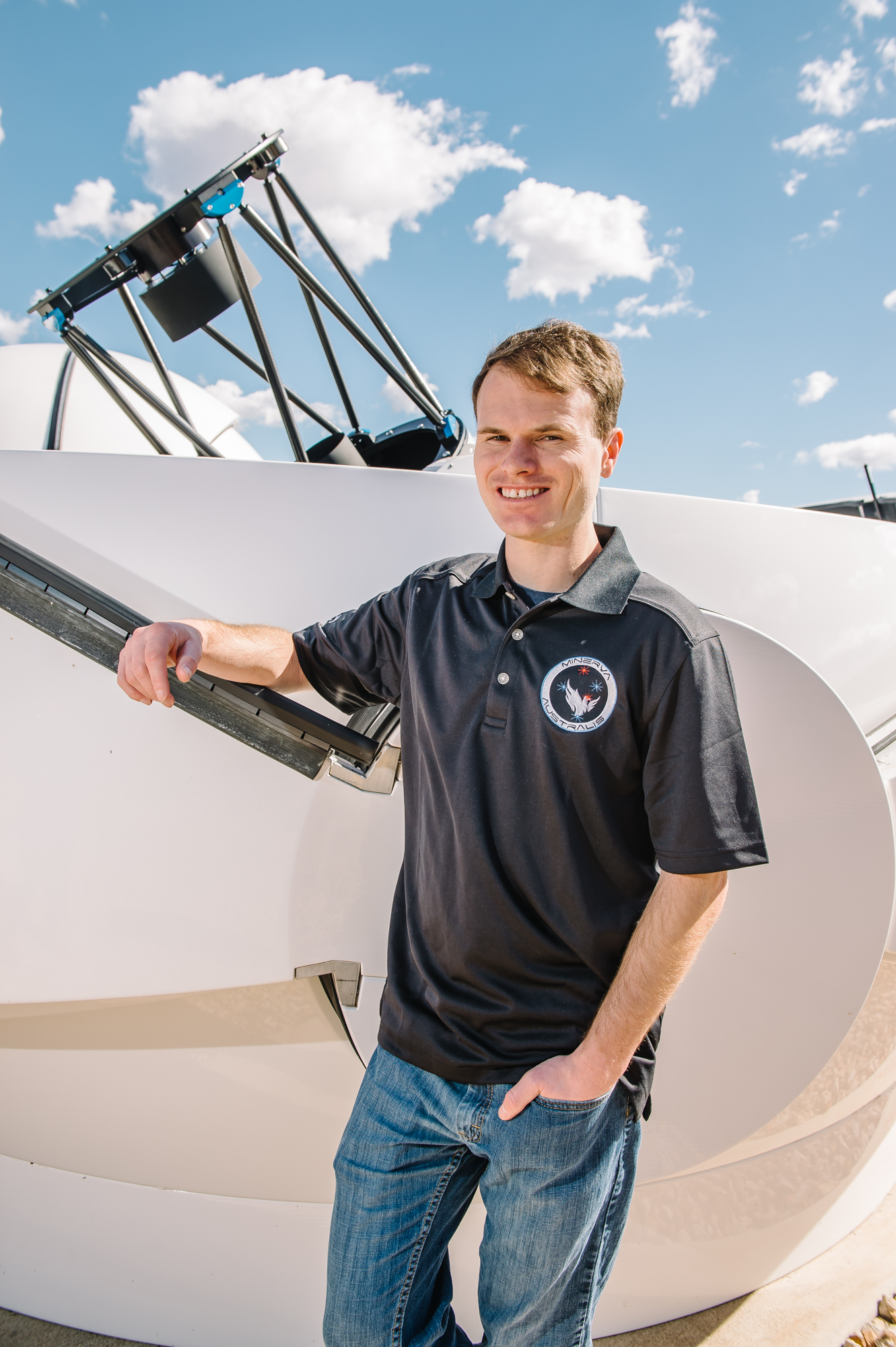
Welcome to my WWW homepage! My name is Dr. Brett Addison and I am a Research Fellow in Astrophysics at the University of Southern Queensland (USQ) in the Centre for Astrophysics. I am working with Prof. Rob Wittenmyer and his team of international collaborators on discovering new exoplanets using the recently built Minerva-Australis telescope array located at the Mt. Kent Observatory about 20km south of USQ in Queensland, Australia.
Previously I was a postdoctoral research astronomer at Mississippi State University (MSU) in the Department of Physics and Astronomy working on the Starchive Open Access Stellar Database with Dr. Angelle Tanner.
I completed my PhD in astrophysics at the University of New South Wales (UNSW), Department of Astrophysics and Optics (School of Physics) in April 2015. During my PhD at UNSW, I was a member of the exoplanetary science group and was also associated with the Australian Centre for Astrobiology (ACA).
My research at USQ involves the detection and characterization of exoplanets. I am using the Minerva-Australis telescope array to carry out radial velocity (RV) follow-up observations of transiting planet candidates found by the Transiting Exoplanet Survey Satellite (TESS). These observations will confirm new TESS planets and measure their bulk properties such as mass, density, and orbital eccentricity. In particular, the Minerva-Australis collaboration is focused on following-up small planets (< 4 Earth radii) orbiting bright stars (V < 11). TESS is expected to find hundreds of such small planets suitable for follow-up observations.
In addition to confirming and measuring the bulk properties of exoplanets, I am also measuring the spin-orbit alignments of planetary systems as part of the Stellar Obliquities and Planetary Alignments (SOPA) project. I am collaborating with the Minerva team along with Dr. Songhu Wang, Prof. Debra Fischer, Prof. John M. Brewer and Prof. Gregory Laughlin at Yale University and Dr. Marshall Johnson at Ohio State University on this project. Our aim is to determine the processes involved in the formation of planets and the mechanisms driving planetary migration and spin-orbit misalignments.
For more details on my work, please check out my research page. In addition, you can read about my personal and professional interests and news, as well as any classes that I teach and outreach activities.
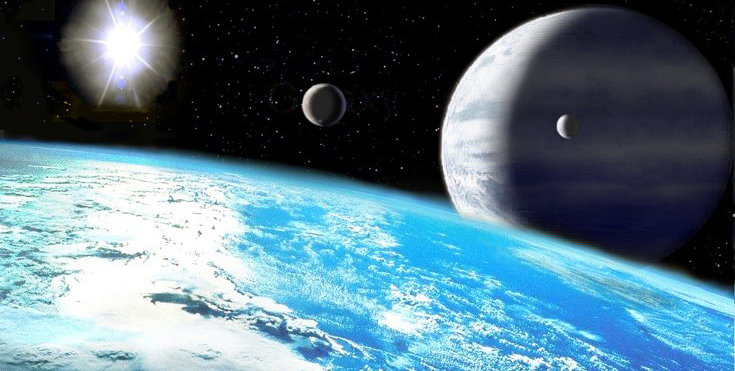
 1
1 2
2 3
3 4
4 5
5 6
6 7
7 8
8 9
9 10
10